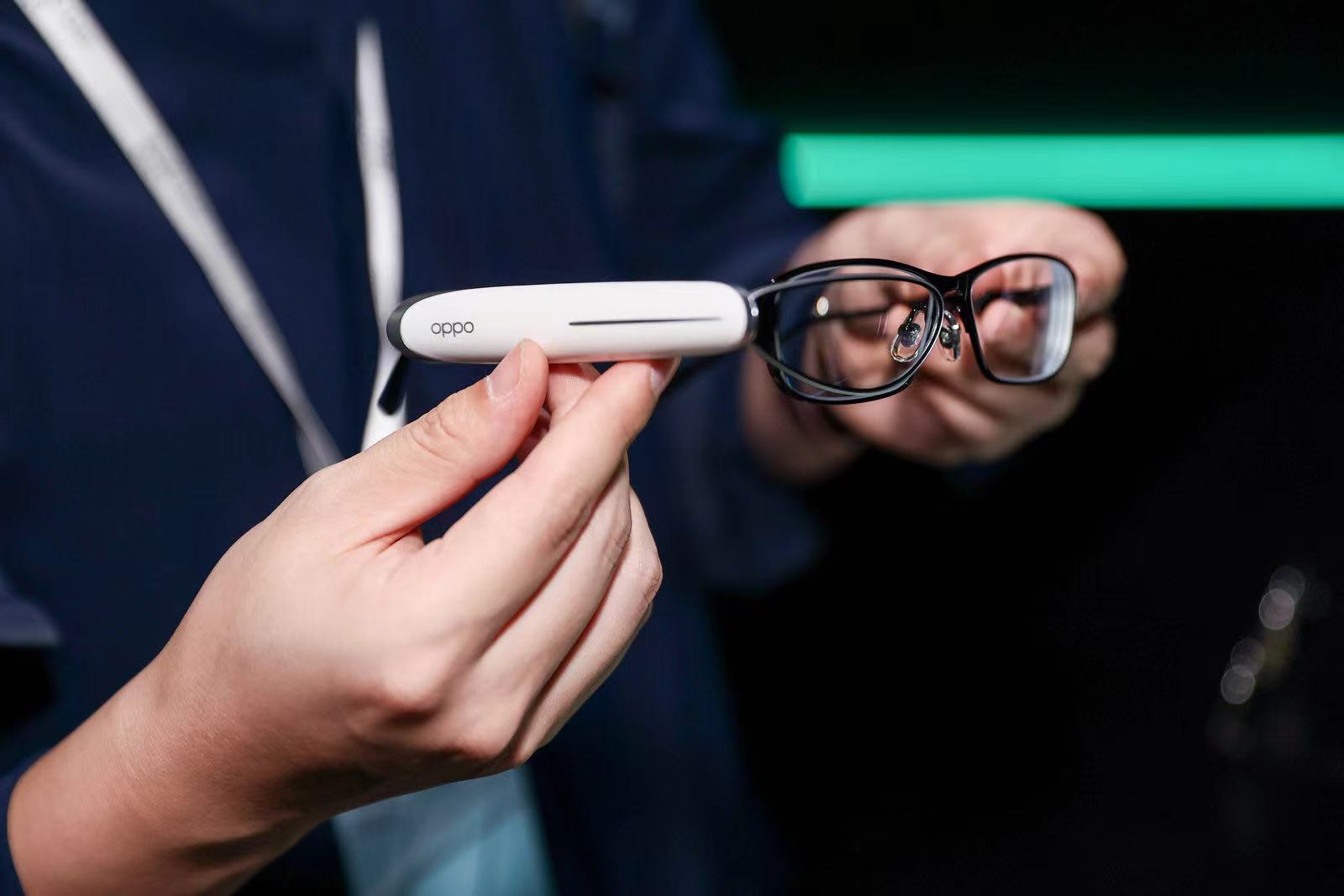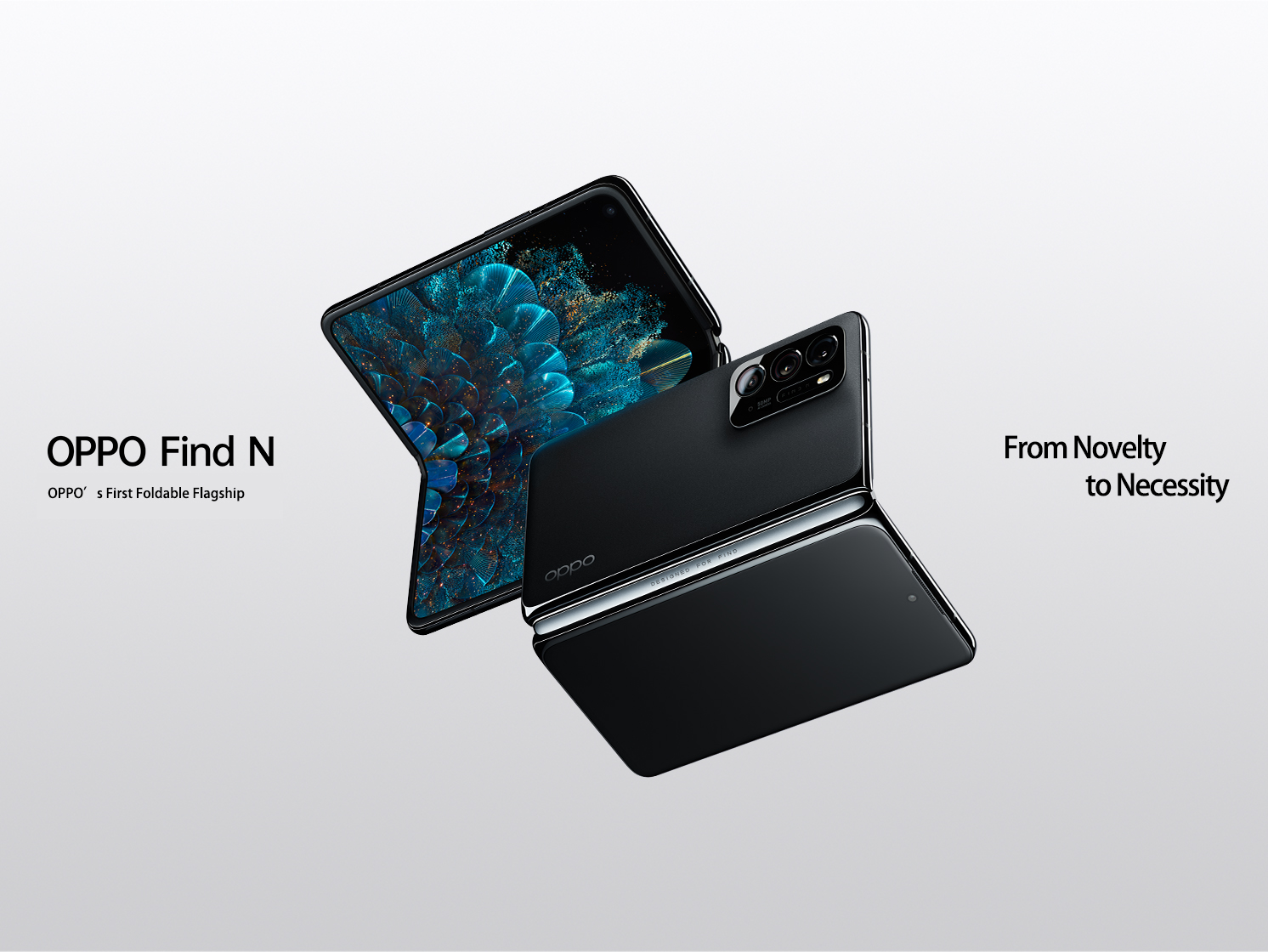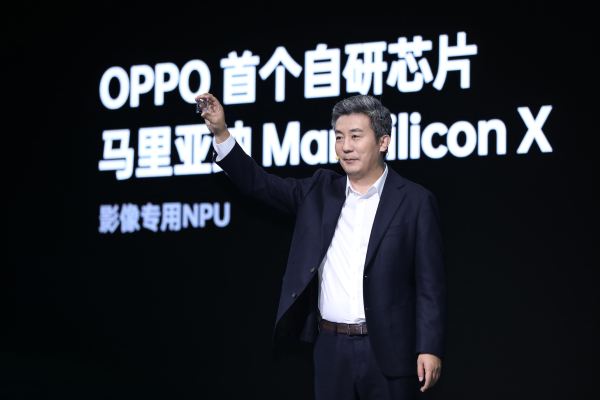Chinese smartphone giant Oppo revealed its first in-house chipset at its annual innovation event hosted in Shenzhen on Tuesday. The MariSilicon X chip announced — named after the Mariana Trench — is a neural processing unit that aims to boost photo and video performance through machine learning.
The move adds Oppo to a list of smartphone makers that are designing their own chips, such as Apple. The MariSilicon project, headed by Qualcomm veteran Jiang Bo, started only in 2019.
The silicon is being manufactured by Taiwan Semiconductor Manufacturing Co (TSMC)’s 6-nanometer process technology and will be featured in Oppo’s upcoming flagship handset in the first quarter of 2022. The ongoing global chip shortage will not affect the production of MariSilicon X, Jiang told the press at the event.
Oppo also unveiled the third generation of its self-developed smart glasses, dubbing it an “assisted reality” device instead of an augmented reality one.
The description is apt. The headpiece, which weighs just 30g, is reminiscent of Google Glass. It uses the Snapdragon 4100 chip, which is normally found in smartwatches, and it’s indeed limited to projecting 2D information such as navigation and translation onto its 1.3mm-thick glasses. It works as an extension of one’s smartphone, or like a smartwatch with a screen in front of one’s eyes, rather than an AR device that’s aware of one’s environment. It’s slated to ship next spring.

Oppo’s new “assisted reality” glasses. Image Credits: Oppo
The third product unveiled is Oppo’s first folding phone, which came a year after its concept scrolling phone. The Find N, which has been in the making since 2018, is the result of six generations of iteration.
When folded, the phone is about the size of an iPhone 12 mini and when open, has a practical landscape ratio so one doesn’t need to rotate it to watch videos. Made with Samsung display technology, the device touts its “creaseless” inner fold and competitive pricing at $1,200 in China, which is much more attractive than Huawei’s $2,500-plus offering.
Interestingly, Oppo didn’t choose a local manufacturer like BOE, which suppliers Huawei’s OLED panels. Samsung itself has a comparable device, the Galazy Z Fold.

Find N is spearheaded by Pete Lau, OnePlus’s co-founder who was appointed Oppo’s chief product officer after OnePlus became Oppo’s subbrand this year. Before founding OnePlus, Lau was a director at Oppo’s old blu-ray division.
OnePlus and Oppo were already sharing a supply chain prior to the merger but were operating independently. The merger has seen the two phone makers combining operational and R&D forces, including their operating systems, while the brands remain separate.
OnePlus’s other co-founder, Carl Pei, has been drumming up buzz for his new earbud venture Nothing, which has won over investors and a horde of early followers.
Oppo finished the third quarter with a 10% market share of global smartphone shipment, a tie with its sibling Vivo, which shares a lineage with Oppo for being offshoots of the BBK electronics empire. The two phone brands and BBK are still intricately linked today.
The story was updated with details of the folding phone and BBK.
